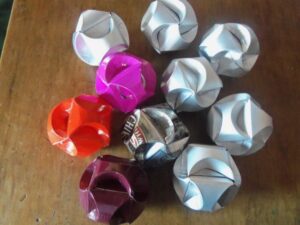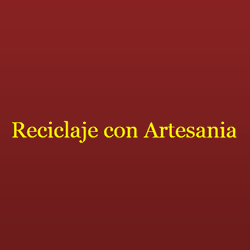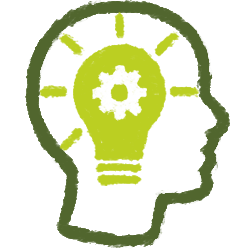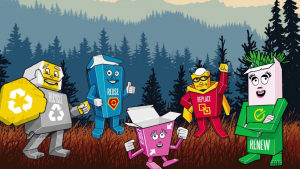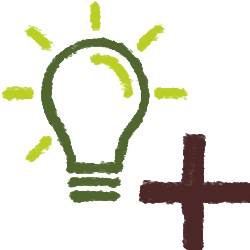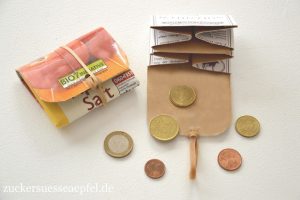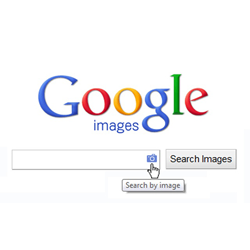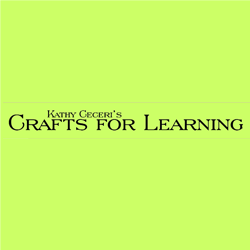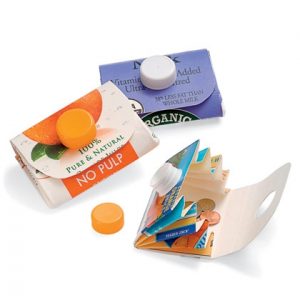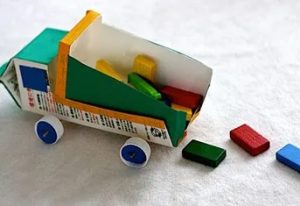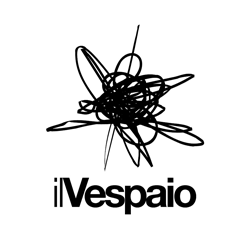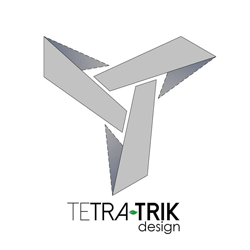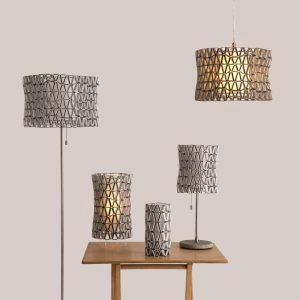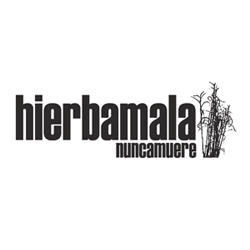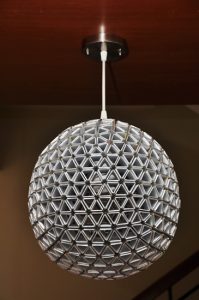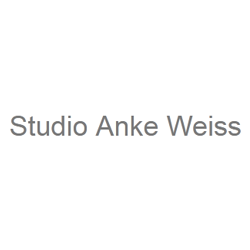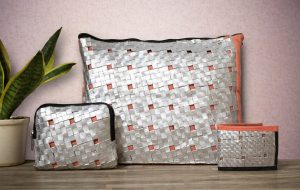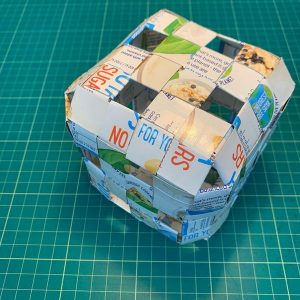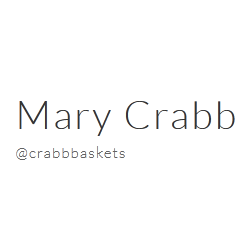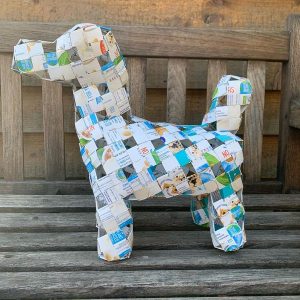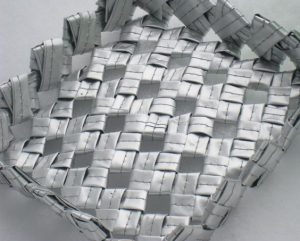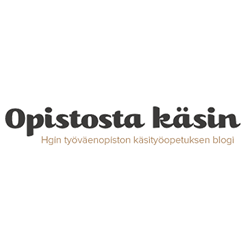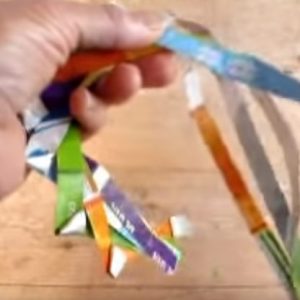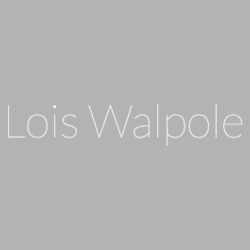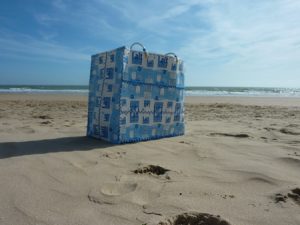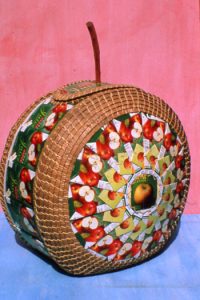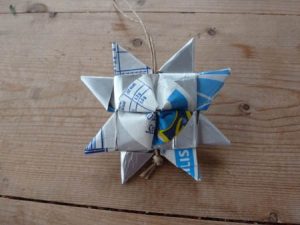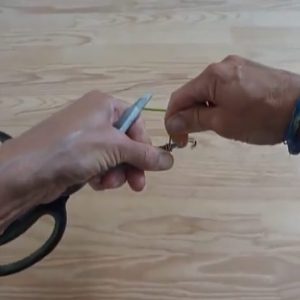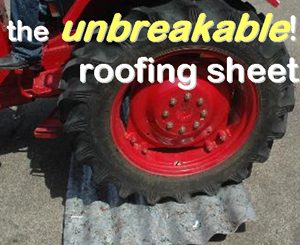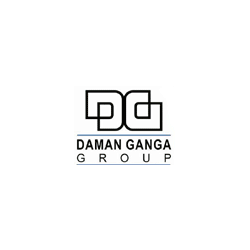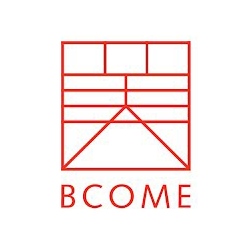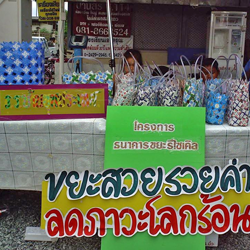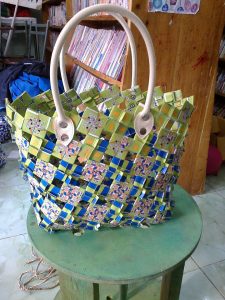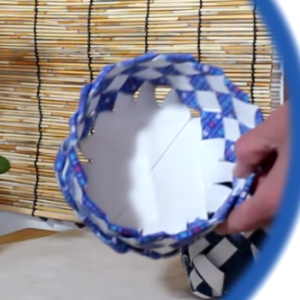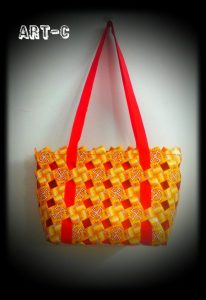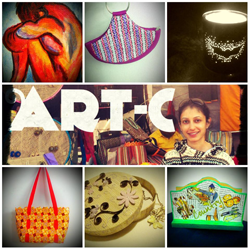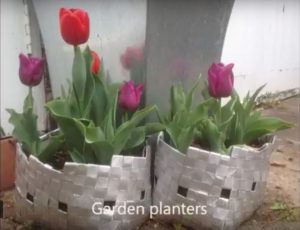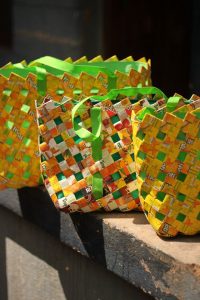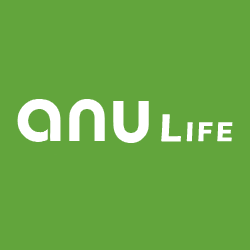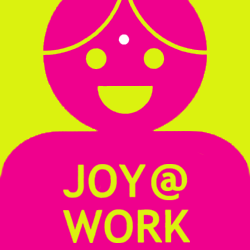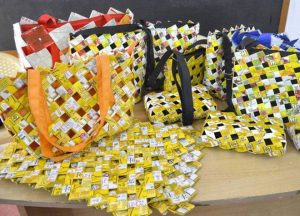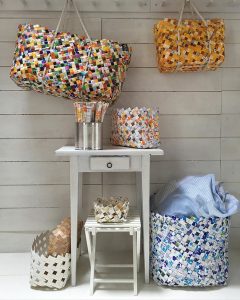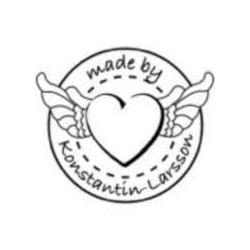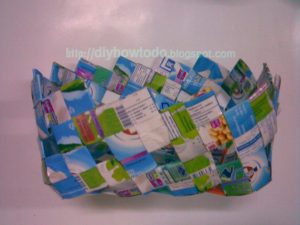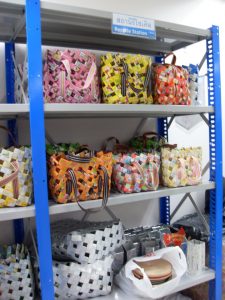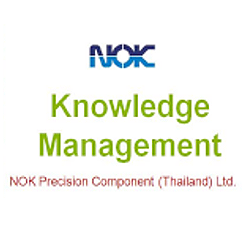Category: Drinks cartons
A.K.A. Liquid packaging board, Liquid Paperboard (LPG), Cartonboard, Beverage cartons, Paper bottle, Milk cartons, Juice cartons, Tetra Pak (brandname)
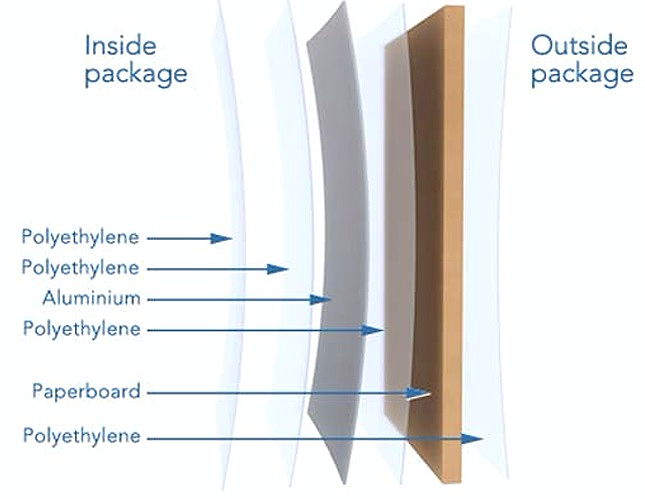 Liquid packaging board is essentially a laminated paperboard made of up to three types of material stuck together: paper, plastic and aluminium.
Liquid packaging board is essentially a laminated paperboard made of up to three types of material stuck together: paper, plastic and aluminium.
Tetra Pak cartons are primarily made from paperboard (~75% to 80%). It may also have 20% of polyethylene and up to 5% of aluminium by weight.
Beverage cartons are lightweight and can be stored flat until used in the factory.
Due to these factors, transportation costs for beverage cartons are lower than that of glass or steel bottles, which led to a rise in beverage cartons in packaging
With up 6 layers, no wonder they’re difficult to recycle.
Silver on the inside
For long shelf life products (those that don’t need refrigeration), known as Aseptic, it is common to use aluminium foil as barrier coating that must hold the liquid and prevent air and flavours getting through the paperboard. They have a matt silver appearance on the inside. The three materials types are found in up to 6 layers, which is one of the reasons it is difficult to recycle.
The aseptic packages are typically a mix of paper (70%), polyethylene (LDPE) (24%), and aluminum (6%), with a tight polyethylene inside layer.
Brown or white on the inside
Cartons filled with short shelf life, or chilled, dairy products use board that are barrier coated on both sides with one layer of low density polyethylene. These are brown or white on the inside.
Lids
Some carton types have plastic lids. These are commonly plastic number 2 (HDPE).
Shapes
There are two main shapes:
- Brick
- Gable top cartons


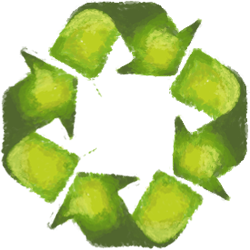 Reuse
Reuse Recycling
Recycling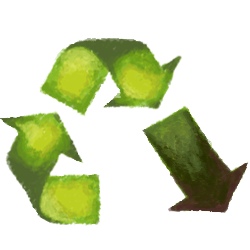 However, as the materials are stuck together, they are generally difficult to recycle and in many countries end up being landfilled, incinerated or burned for energy. LPB isn’t made into another drinks carton, so technically it’s downcycled.
However, as the materials are stuck together, they are generally difficult to recycle and in many countries end up being landfilled, incinerated or burned for energy. LPB isn’t made into another drinks carton, so technically it’s downcycled.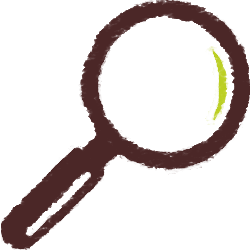 Properties
Properties
